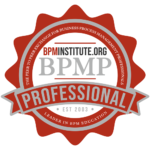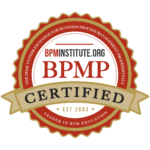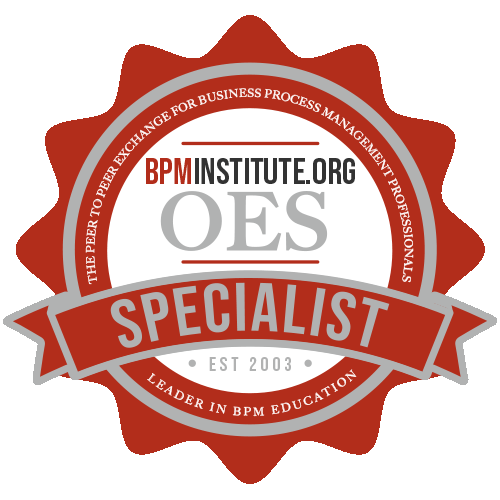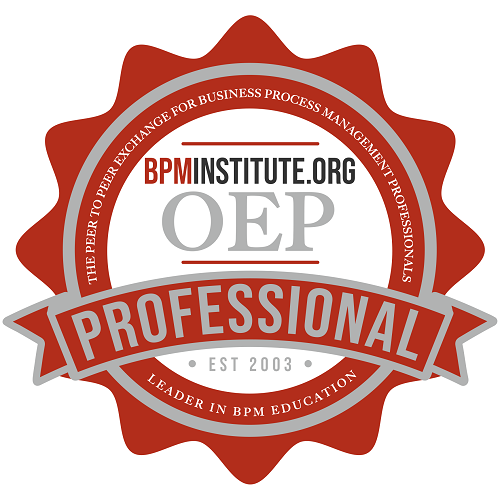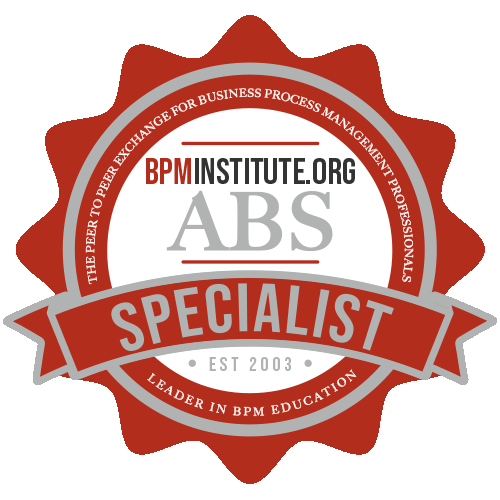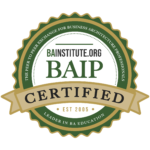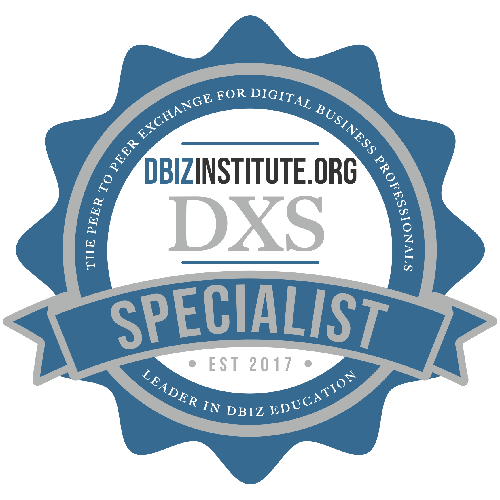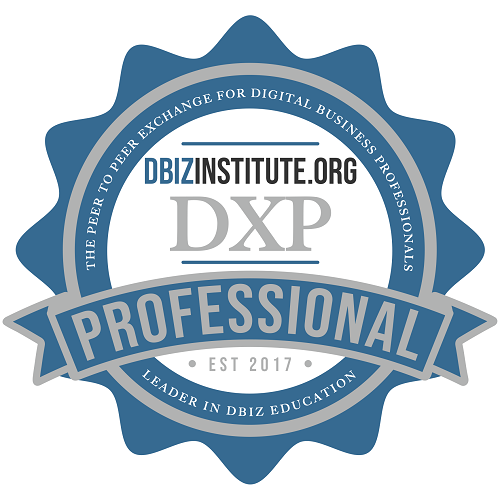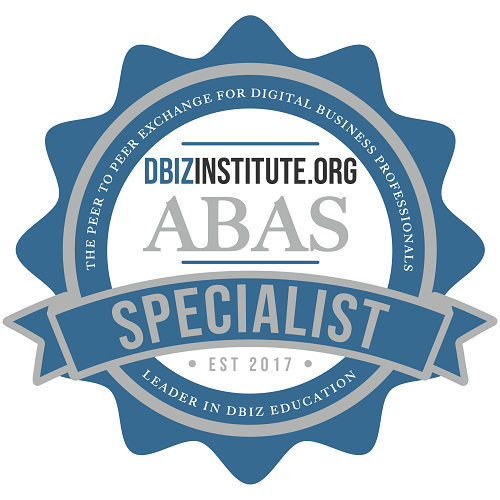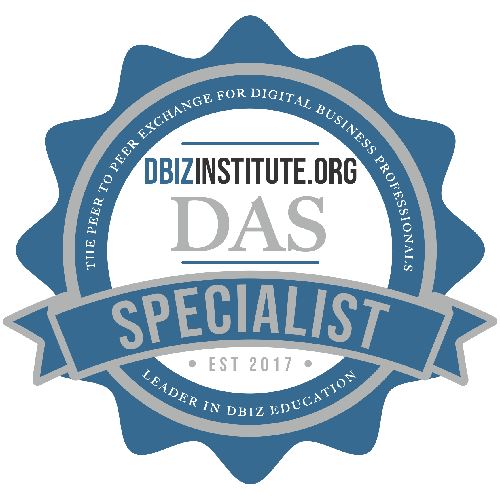Business Process Management (BPM) has come a long way—from hand-drawn flowcharts in conference rooms to enterprise-wide platforms that automate end-to-end workflows. Yet BPM’s evolution is far from over. Emerging technologies and shifting business models continue to reshape how processes are designed, executed, and measured. If you’ve already solidified your BPM fundamentals and are looking toward the horizon, this article is for you. We’ll explore the most significant trends and innovations poised to redefine BPM and discuss why staying on the cutting edge matters for both individuals and organizations.
- Hyperautomation: The Next Level of Process Automation
Over the last few years, robotic process automation (RPA) tools have gained traction for handling repetitive tasks. Now, the concept of “hyperautomation” is pushing these boundaries further. Hyperautomation combines RPA with artificial intelligence, low-code platforms, and process mining to automate more complex, decision-heavy tasks. The goal is to create a seamlessly integrated ecosystem where processes can detect anomalies, re-route tasks, and even learn from historical data without constant human intervention.
- Why It Matters:
By offloading not just repetitive but also cognitively demanding tasks to machines, organizations can radically reduce cycle times and human error. BPM professionals who understand how to align hyperautomation solutions with strategic goals become key players in large-scale digital transformations.
- The Rise of Process Mining and Analytics
Process mining has emerged as a powerful way to discover and analyze real-world processes by extracting data from event logs in IT systems. Unlike traditional BPM, which often relies on interviews and manual mapping, process mining reveals how tasks actually flow—which can be surprising (or even alarming) to teams who assume workflows match their documentation.
- Practical Applications:
- Diagnosis of Bottlenecks: Quickly identify where delays or errors commonly occur.
- Compliance Tracking: Monitor processes for deviations from regulatory standards.
- Continuous Improvement: Track process changes over time to see if fixes translate into tangible results.
- Why It Matters:
Data-driven insights reduce guesswork, allowing BPM teams to focus on the most impactful improvement opportunities. Advanced analytics can even predict where future problems might arise, turning BPM from a reactive to a proactive discipline.
- BPM in the Cloud
Cloud computing isn’t exactly new, but its impact on BPM continues to expand. Modern BPM suites often run entirely in the cloud, offering benefits like automatic updates, rapid scalability, and easier cross-departmental collaboration. Meanwhile, organizations are discovering that cloud-based solutions can accelerate the roll-out of global standards, especially if they operate multiple facilities or subsidiaries.
- Challenges to Consider:
Security, data sovereignty, and integration with on-premise systems can be complex. Navigating these challenges requires BPM leaders to work closely with IT and compliance teams. - Why It Matters:
Cloud-based BPM reduces overhead while making it simpler to roll out process changes enterprise-wide. It also sets the stage for advanced capabilities like real-time monitoring and analytics dashboards accessible anytime, anywhere.
- Low-Code and No-Code Platforms
While software development traditionally demands deep coding knowledge, a new wave of low-code and no-code platforms empowers business users to build, modify, and deploy processes with little to no programming required. These platforms often feature drag-and-drop process modeling, visual rules engines, and pre-built connectors to popular enterprise applications.
- Benefits for BPM:
- Faster Development Cycles: Teams can prototype processes quickly, iterate, and gather feedback without heavy reliance on IT resources.
- Increased Business Ownership: Non-technical stakeholders gain direct influence over process design, speeding up alignment with organizational goals.
- Why It Matters:
Low-code and no-code solutions democratize BPM, allowing more employees to contribute ideas and solutions. That broader engagement can also drive a culture of continuous improvement, as staff see how accessible it is to propose and implement workflow enhancements.
- AI-Driven Decision Support
Artificial intelligence (AI) doesn’t just automate tasks; it can also support—or even make—complex decisions. Machine learning algorithms can analyze massive datasets to identify patterns and recommend process improvements or next-best actions. In some cases, BPM platforms integrate AI-driven decision modeling to dynamically route cases, predict outcomes, or even detect fraud.
- Example Use Cases:
- Predictive Maintenance: In manufacturing, sensors feed data into AI models that determine when equipment needs servicing.
- Customer Service: AI-powered chatbots handle routine customer inquiries, seamlessly escalating more complex cases to human agents when necessary.
- Risk Assessment: In finance, ML algorithms can assess credit or fraud risk, ensuring only qualified applications move forward.
- Why It Matters:
AI-driven decision support takes BPM beyond static rules, enabling organizations to adapt processes on the fly and capitalize on real-time data. As AI becomes more sophisticated, BPM practitioners will need to ensure these capabilities integrate ethically and transparently into end-to-end workflows.
- Human-Centered BPM
With all the buzz around automation and AI, it’s easy to overlook the human component. Yet “human-in-the-loop” workflows remain critical in scenarios requiring creativity, empathy, or ethical judgment. Many forward-thinking organizations are designing processes that blend the best of both worlds—leveraging AI for data-driven insights while preserving human oversight where it truly matters.
- Why It Matters:
In fields like healthcare, law, and social services, complex decisions demand nuanced understanding. Striking the right balance between automation and human expertise drives better outcomes, reduces burnout, and fosters trust among stakeholders.
Preparing for the Future
Staying ahead in BPM requires an ongoing commitment to learning and adaptability. Here’s how you can prepare:
- Invest in Skills: Continuous education in AI, data analytics, and automation tools will help you remain versatile.
- Pilot New Technologies: Start small by experimenting with a process mining tool or an AI-based application for a single workflow. Document the results, gather feedback, and iterate.
- Foster Cross-Functional Collaboration: Work with IT, data scientists, and even front-line employees to ensure new technologies align with real needs rather than becoming trendy distractions.
- Embed Ethics and Privacy Considerations: As BPM increasingly relies on sensitive data, remain mindful of data governance, bias in AI models, and regulatory compliance.
The future of BPM is far from static. Evolving technologies like hyperautomation, AI-driven analytics, and low-code platforms offer immense opportunities for faster, smarter, and more flexible processes. Yet the human element remains pivotal—ensuring that automated decisions reflect organizational values and that employees stay empowered to contribute innovative ideas. As an advanced BPM practitioner, keeping a pulse on these trends positions you to guide your organization through ongoing digital transformations, delivering efficiency gains and setting the stage for continuous adaptation in a rapidly changing world.






